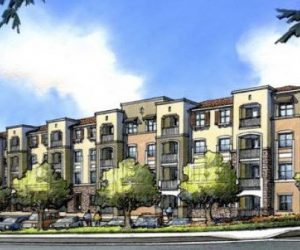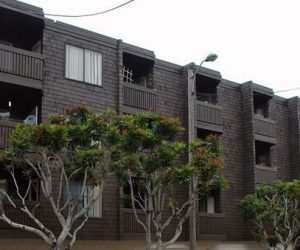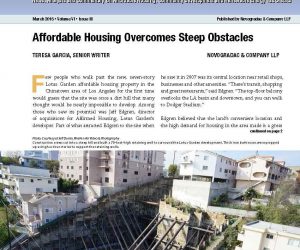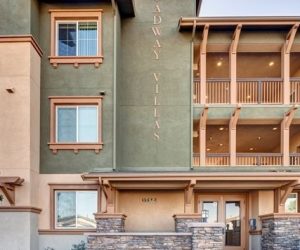A variety of zoning restrictions have collectively contributed to the scarcity of affordable housing in the United States. Efforts to address and reform local zoning regulations are essential to promote affordable housing and create more inclusive communities.
Here are some examples of zoning restrictions that have contributed to the problem:
- Restrictive Zoning: Many local zoning codes enforce strict regulations that limit the types of housing permitted in certain areas. This often includes minimum lot sizes, setback requirements, height restrictions, and limitations on multi-unit housing.
- Exclusionary Zoning: Some communities adopt zoning practices that effectively exclude lower-income residents by setting high minimum property size or home value requirements.
- NIMBYism (Not In My Backyard): Local zoning regulations are often influenced by community preferences and resident concerns. NIMBYism refers to the resistance or opposition from existing residents to the construction of affordable housing in their neighborhoods.
- Limited Density and Mixed-Use Development: Zoning regulations that limit density or discourage mixed-use development can hinder the creation of affordable housing.
- Costly Approval Processes: Local zoning regulations often require developers to go through lengthy and costly approval processes, including environmental impact assessments, public hearings, and discretionary reviews.
- Lack of Inclusionary Zoning: Inclusionary zoning is a policy approach that requires developers to include a certain percentage of affordable housing units in new residential projects.
Overcoming “California Style” Zoning in Montana and Washington
“California style” in the case of zoning regulations is not a desirable, as the zoning regulations that prevent housing density has led to “Los Angeles style sprawl.” Zoning laws like single-family requirements, large lot requirements and parking mandates contribute to the sprawl.
In both Montana and Washington, recent developments have been lauded as opening the door for affordable housing.
What’s notable about these is that they are bipartisan solutions that required “across the aisle” participation.
The “Montana Miracle” and the “Watershed in Washington”
A bill legalizing duplexes across the state passed in Montana. Other components of the zoning reform include allowing homeowners to build accessory dwelling units (ADU), legalizing multifamily housing in areas zoned for office or retail development, and important streamlining reforms for permitting new housing of all types.
A similar package of bills passed in Washington, making it easier for homeowners to build accessory dwelling units, legalizing duplexes or fourplexes across much of the state, and eliminating subjective design review at the local level.
In both states, policymakers successfully drew on lessons learned from experiments in housing policy in other parts of the country. Decades of trial and error have shown which rules make it feasible for homeowners to build accessory dwelling units in significant numbers. Those lessons are now reflected in ADU policy in both Montana and Washington.
Finding Opportunities to Create Affordable Housing Requires Ingenuity and Cooperation
The housing supply and affordability problems are still getting worse, not better, even in light of these recent developments. There needs to be much more action taken, like the policies that have been adopted in Montana and Washington zoning, in order to allow for more homes to be built.
Addressing housing supply shortages will require different, highly localized strategies. In many cities, more affordable multifamily rental housing will make a big difference in improving housing affordability. In other markets, solutions should be focused on the building of new single-family homes, while in other markets it may be preserving existing multifamily housing.
The Foundation for Affordable Housing has been working together with its partners for almost 30 years to address the affordable housing crisis.





